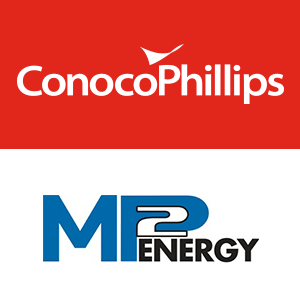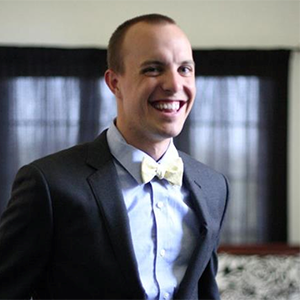
The Texas A&M Energy Institute is proud to announce the naming of the 2016-17 Energy Institute Fellows, specifically the 2016-17 ConocoPhillips Energy Institute Fellows and the 2016-17 MP2 Energy Institute Fellows, funded through the generous contributions of ConocoPhillips and MP2 Energy. These fellowships aim to reward excellence in energy research, promote future research that is important to our energy future, and encourage students to pursue careers in energy.
Each graduate fellowship consists of a $2,500 stipend and becomes effective for one year beginning on September 1, 2016. All full-time doctoral students who perform energy research and whose primary advisor is an affiliated faculty member of the Texas A&M Energy Institute are eligible.
A total of 35 applications were submitted from 11 departments within four colleges for the fellowships, and four total applicants were selected for the ConocoPhillips Fellowships and the MP2 Fellowships.
2016-17 ConocoPhillips Fellows

Nafiz Chowdhury
Department: MEEN
Advisor: Je-Chin Han
Department: MEEN
Gas turbines are typically used for land-based power plant and aircraft propulsion applications. Demand for higher Turbine Inlet Temperature (TIT) has risen steadily over the last decades for better performing engines with higher efficiency. In the meantime, engine manufacturers have developed advanced designs to provide improved reliability. A portion of this improved temperature capability is due to migration toward enhanced component cooling schemes. As part of the research, experimental investigation is being conducted on the performance of advanced external and internal cooling designs for the first stage turbine blade and endwall at engine-like conditions.

Francisco Tovar
Department: PETE
Advisor: Maria A. Barrufet
Department: PETE
The research project evaluates the technical and economic feasibility of using CO2 to enhance recovery from unconventional liquid reservoirs (ULR) such as oil shale. Horizontal drilling and hydraulic fracturing have enabled the economic exploitation of ULR plays, but the ultimate recovery obtained from the application of such techniques is expected to be marginal. CO2 has proven to be a powerful enhanced oil recovery (EOR) agent in conventional reservoirs, but such success cannot be directly extrapolated to ULR due to fundamental differences in conformation and composition of the rock matrix, that results in important alterations in fluid transport, storage, and phase behavior. The project is mainly experimental. The principal aspects being addressed are incremental oil recovery, CO2 utilization and storage, the effect of the presence of meso- and micro-pores on phase behavior changes, and some operational considerations such as injection scheme and pressure.
2016-17 MP2 Energy Fellows

Jose Leonardo Gomez Ballesteros
Department: CHEN
Advisor: Perla Balbuena
Department: CHEN
Novel materials are at the forefront of advancement and energy research in all aspects of energy generation and storage to optimization of energy use in processes and devices. Working with Professor Perla Balbuena in the Artie McFerrin Department of Chemical Engineering’s Balbuena research laboratory has enabled me to perform research that focuses on understanding materials behavior and phenomena occurring at the nanoscale using molecular simulation techniques such as quantum mechanics and molecular dynamics. Elucidation of nucleation and growth mechanisms of single-walled carbon nanotubes to produce selective structures to be used in energy applications including storage, photovoltaics and electronic devices; studying reactions occurring at the electrode-electrolyte interface and their effect on performance in Li-ion battery systems, and investigation of the separation capabilities of metal-organic frameworks for gas separation have been specific subjects of this research. The combination of the information obtained from these techniques with experiments is able to provide a clear picture of the phenomena studied and contribute to the advancement of rational materials design.

Gregory A. Horrocks
Department: CHEM
Advisor: Sarbajit Banerjee
Department: CHEM
Energy conservation and storage have become issues of extreme importance as society begins to move away from reliance on fossil fuels. The diversity of properties and structure within the vanadium oxide family offers desirable materials to address these issues, especially when leveraged by scaling to nanometer sizes. Synthesizing gram scale batches of the highest quality of vanadium dioxide nanowires has allowed for the development of thermochromic glazings that significantly reduce the amount of heat transmitted through windows in hot environments thus reducing the costs of cooling large buildings. The study of lithium-ion storage in nanowires of vanadium pentoxide has also allowed me to develop a mechanistic understanding of how cations move through the host material. Understanding these mechanisms provided a blueprint for developing nanowires of vanadium pentoxide with a novel crystalline structure, reducing barriers to cation mobility and allowing for the inclusion of magnesium-ions, one of only a few known materials capable of accommodating the larger ions.
